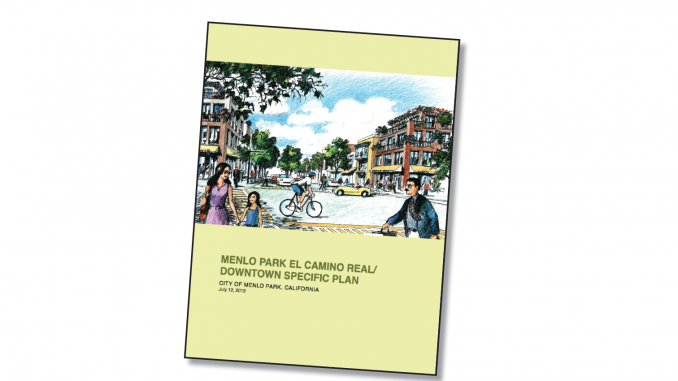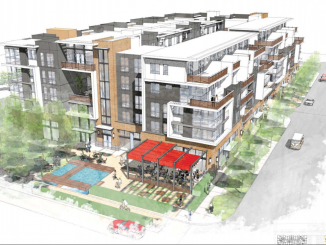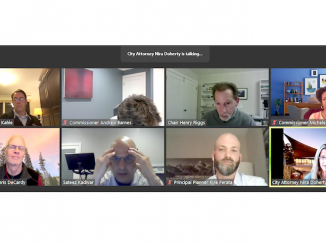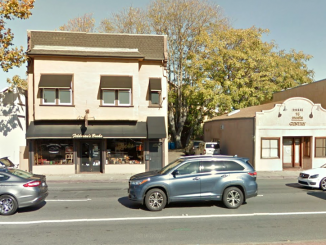
This story was originally published in the Daily Post on Dec. 4.
BY ELAINE GOODMAN
Daily Post Correspondent
The city of Menlo Park is already approaching a development cap set in 2012 for the El Camino Real-downtown area that was intended to accommodate growth for 20 years or more.
The El Camino Real-Downtown Specific Plan includes a limit of 680 new residential units and 474,000 square feet of new commercial development, such as retail, office and hotel.
Since the Specific Plan was approved, the city has approved 353,898 square feet of commercial development, or 74% of the square footage limit. Another 85,151 square feet of commercial development has been proposed and, if approved, would bring the total to 438,049 square feet, or 92% of the cap, according to a report to the City Council from Menlo Park Associate Planner Corinna Sandmeier.
For housing, 458 units have been approved since 2012, or 67% of the total allowed under the specific plan. Another 34 units of housing have been proposed, which would bring the total to 492 units, or 72% of the cap if they’re approved.
The cap “is intended to reflect likely development over the Specific Plan’s intended 20- to 30-year time-frame,” Sandmeier’s report said. But with development already approaching the cap, Sandmeier said, the council might want to start thinking about how to proceed. Exceeding the cap would require the city to amend the Specific Plan and conduct additional environmental review. And that process would likely take at least a year, Sandmeier warned the council, so that if action wasn’t taken soon enough development in the El Camino-downtown area could stall.
The report is an informational item for the City Council’s meeting tomorrow and the council isn’t scheduled to take any action. The issue is expected to return in January or February, when the council would decide how to proceed.
Two big developments
Two large projects approved this year will gobble up a large chunk of the development allotment in the El Camino-downtown area. Stanford’s project at 500 El Camino Real will add 215 residential units and 123,401 square feet of commercial development. The Greenheart project, at 1300 El Camino Real, includes 183 housing units and 99,024 commercial square feet. Square footage from buildings that will be torn down is deducted when calculating how many square feet are applied toward the development cap.
Both projects have raised concerns about increased traffic.
Menlo Park Planning Commission member Henry Riggs said the El Camino Real-Downtown Specific Plan called for transportation demand management programs to reduce traffic on El Camino, along with a widening of the road to relieve a bottleneck between Ravenswood and Valparaiso.
“In my view, that was the commitment to the neighborhoods that allowed for expanded development,” Riggs said in a letter to the editor published in the Daily Post just before the Stanford project was approved in September.
The bottleneck pushes traffic into the city’s neighborhoods, Riggs said. But instead of fixing the bottleneck, he said, the city has focused on how to add bike lanes to El Camino Real.
More projects in the pipeline
In addition to the approved projects, Menlo Park has received applications for six new mixed-use projects within the Specific Plan area. Three would combine offices and residences: 840 Menlo Avenue; 1540 El Camino Real; and 1125 Merrill St. The other three would include offices, retail and residential: 706 Santa Cruz Avenue; 506 Santa Cruz Ave.; and 556 Santa Cruz Ave.
Another application is for a proposed Hampton Inn at 1704 El Camino Real. It would add 29,252 new square feet.
And yet another project, which is in the pre-application phase, proposes adding four housing units at 115 El Camino Real. The project would result in a reduction of commercial square footage at the site of 6,977 square feet.
The report for this week’s council meeting updates figures provided in November 2015 as part of an every-other-year review of new development in the El Camino Real-Downtown Specific Plan area.



